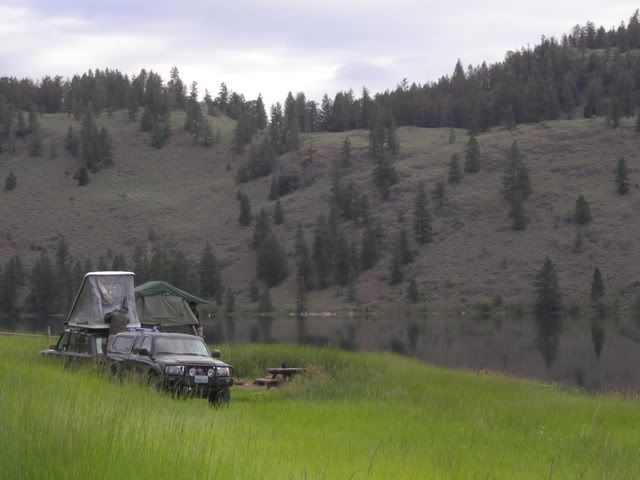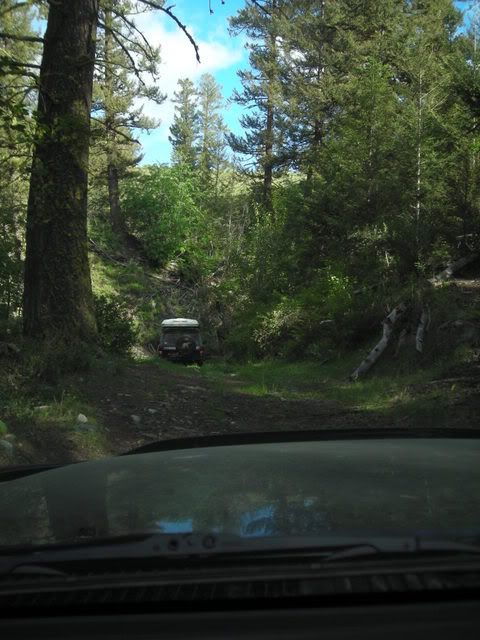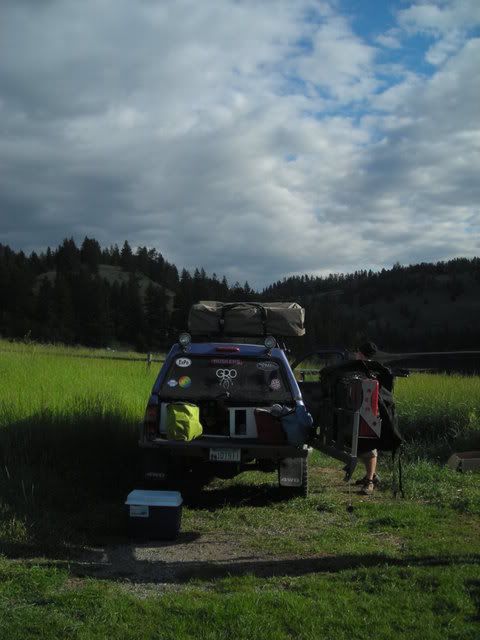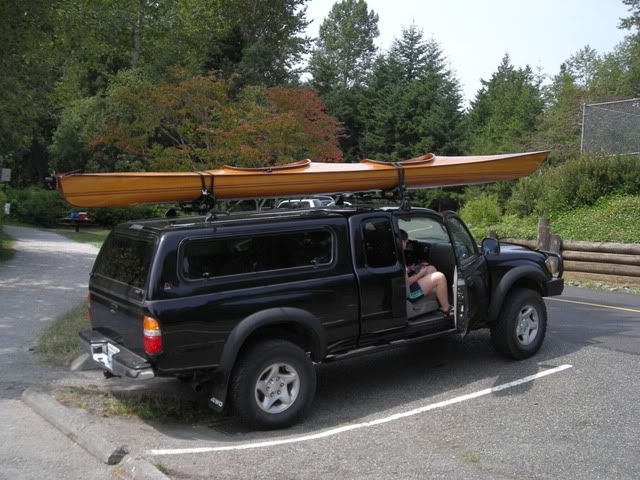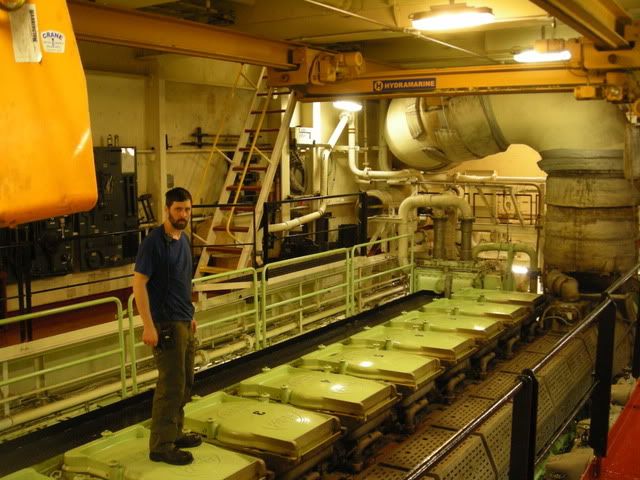Louisd75
Adventurer
Finally got around to some more little things I've been planning on. I upgraded my headlight wiring harness with one I picked up from SUV lights.com quite a while back. I also wound up replacing my headlight bulbs because one of them decided to burn out. I can't say how much of a difference the new harness made vs the new bulbs (Sylvania Xtravision), but the before/after is remarkable. Things are much, much better now.
I also went ahead and installed a dual battery setup. I picked up a dual battery tray and National Luna intelligent split charger from Columbia Overland. Installation was a little bit of a pain since the dual battery tray needed to use space that I had already used running winch power cables, aux headlight relay and the new headlight harness relays. Fortunately I was able to shift things around enough to get everything to fit snugly. For batteries I went with a pair of DieHard Platinums in the group 35 size. They both fit into the new battery tray, but I had to trim some plastic off of the battery casings. There was a lip in the casing at the bottom that I shaved off with a file in order to get both batteries to fit.
After fitting the batteries into their new home, I started wiring up the split charger kit. I'd gone with the kit after somewhere getting it stuck in my head that it came with larger gauge cables than it actually does. I had planned on wiring it up following the schematics for a "Split charge system with a winch fitted" seen on page 10 of the manual (http://www.nationalluna.com/Datasheets/Split-charge manual.pdf). To do so, you wire the battery without fuses, which means you need a heavier gauge wire than what the kit comes with. I was also a little underwhelmed by the battery terminal clamps. Basically, what I should have done was to buy the intelligent solenoid and the dual battery controller and saved myself a hundred bucks or so. So here's your opportunity to learn from my mistake. If you're using a winch, it's probably cheaper to buy piecemeal. And now the real reason you're here: Pictures. I've still got a little bit of tidying up to do. All of the cables will get covered with split loom tomorrow but you can get an idea of how things ran:

I mounted the isolator solenoid on the driver's side of the engine compartment near the brake booster. The small relay mounted just forward of it is for the driving lights. The main battery is inboard, the aux battery is outboard. The winch positive and negative cables connect to the main battery. My aux fuse block power comes off of the aux battery. The had the 1aught red cables and black cable made up for me, ran about $50 with the connections crimped and heat shrink put on. The price also included the new battery terminals for the aux battery.
I ran the cable for the controller from the isolator solenoid through the firewall, under the dash, and up the A pillar. I taped it in with all the other wires I've run through here, and routed it up to the rear view mirror under the headliner. From there, I ran it into my overhead console and popped it out the side:

And it works!
In other projects, I've found that the Leer-installed Yakima roof rack track was leaking into the bed of the truck. Unfortunately, I didn't catch it for a few months (sometimes working at sea sucks). The sleeping platform didn't fare too well, so now I'm working on removing rotten moldy wood and deciding whether to start anew with marine grade plywood or salvage what I've got.
I also went ahead and installed a dual battery setup. I picked up a dual battery tray and National Luna intelligent split charger from Columbia Overland. Installation was a little bit of a pain since the dual battery tray needed to use space that I had already used running winch power cables, aux headlight relay and the new headlight harness relays. Fortunately I was able to shift things around enough to get everything to fit snugly. For batteries I went with a pair of DieHard Platinums in the group 35 size. They both fit into the new battery tray, but I had to trim some plastic off of the battery casings. There was a lip in the casing at the bottom that I shaved off with a file in order to get both batteries to fit.
After fitting the batteries into their new home, I started wiring up the split charger kit. I'd gone with the kit after somewhere getting it stuck in my head that it came with larger gauge cables than it actually does. I had planned on wiring it up following the schematics for a "Split charge system with a winch fitted" seen on page 10 of the manual (http://www.nationalluna.com/Datasheets/Split-charge manual.pdf). To do so, you wire the battery without fuses, which means you need a heavier gauge wire than what the kit comes with. I was also a little underwhelmed by the battery terminal clamps. Basically, what I should have done was to buy the intelligent solenoid and the dual battery controller and saved myself a hundred bucks or so. So here's your opportunity to learn from my mistake. If you're using a winch, it's probably cheaper to buy piecemeal. And now the real reason you're here: Pictures. I've still got a little bit of tidying up to do. All of the cables will get covered with split loom tomorrow but you can get an idea of how things ran:

I mounted the isolator solenoid on the driver's side of the engine compartment near the brake booster. The small relay mounted just forward of it is for the driving lights. The main battery is inboard, the aux battery is outboard. The winch positive and negative cables connect to the main battery. My aux fuse block power comes off of the aux battery. The had the 1aught red cables and black cable made up for me, ran about $50 with the connections crimped and heat shrink put on. The price also included the new battery terminals for the aux battery.
I ran the cable for the controller from the isolator solenoid through the firewall, under the dash, and up the A pillar. I taped it in with all the other wires I've run through here, and routed it up to the rear view mirror under the headliner. From there, I ran it into my overhead console and popped it out the side:

And it works!
In other projects, I've found that the Leer-installed Yakima roof rack track was leaking into the bed of the truck. Unfortunately, I didn't catch it for a few months (sometimes working at sea sucks). The sleeping platform didn't fare too well, so now I'm working on removing rotten moldy wood and deciding whether to start anew with marine grade plywood or salvage what I've got.

